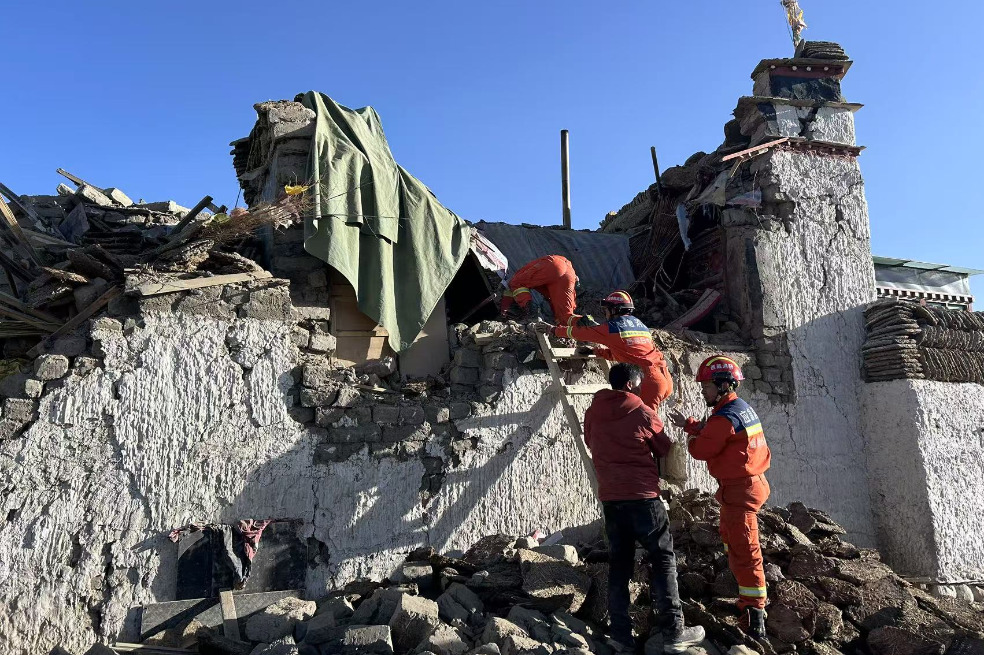Rediscovering Beijing’s Old Summer Palace
By Wang Kaihao | China Daily | Updated: 2017-08-01 07:19
 |
| Zhang Zhonghua, who heads an archaeological team of the Yuanmingyuan project, introduces the surviving constructional foundation of Ruyuan. [Photo by Wang Kaihao/China Daily] |
Though most ongoing archaeological works are not accessible to the public for safety reasons, the Yuanmingyuan site is a popular tourist destination as visitors are allowed to have a look at the archaeologists working.
Yang Yulian from Beijing Administration of Cultural Heritage says: "Archaeology is also a good opportunity to educate the public. And fans of cultural heritage upload pictures on social media and even do live broadcasts."
Yang directs the bureau's education office. She says the Yuanmingyuan model could be replicated at other archaeological sites in Beijing.
As of now some artifacts from Ruyuan are being displayed at the exhibition hall of the Yuanmingyuan Ruins Park, and the event will run through October.
Separately, Zhang says that more archaeological work is to follow at the site.
Archaeological research on the Yuanmingyuan ruins began in 1996, and the excavation of Ruyuan is a part of a five-year project that started in 2015 to figure out the original layout of this complex.
Thanks to the surviving stone relics like fountains and columns, people think that Yuanmingyuan was a Western-style garden, says Chen Hui, a researcher at the administration office of the Yuanmingyuan Ruins Park.
"But Western construction comprises a small part of the architecture in Yuanmingyuan," says Chen.
"It's a pity that Chinese-style architecture was mainly in wood that easily disappeared. So, the excavation can give people a panoramic view of the complex."
Zhang says that it will need a long time to learn about this destroyed wonder in detail.
"I will be satisfied if we can use archaeology to show what 10 percent of Yuanmingyuan was like before I retire," says Zhang.
Contact the writer at wangkaihao@chinadaily.com.cn
























